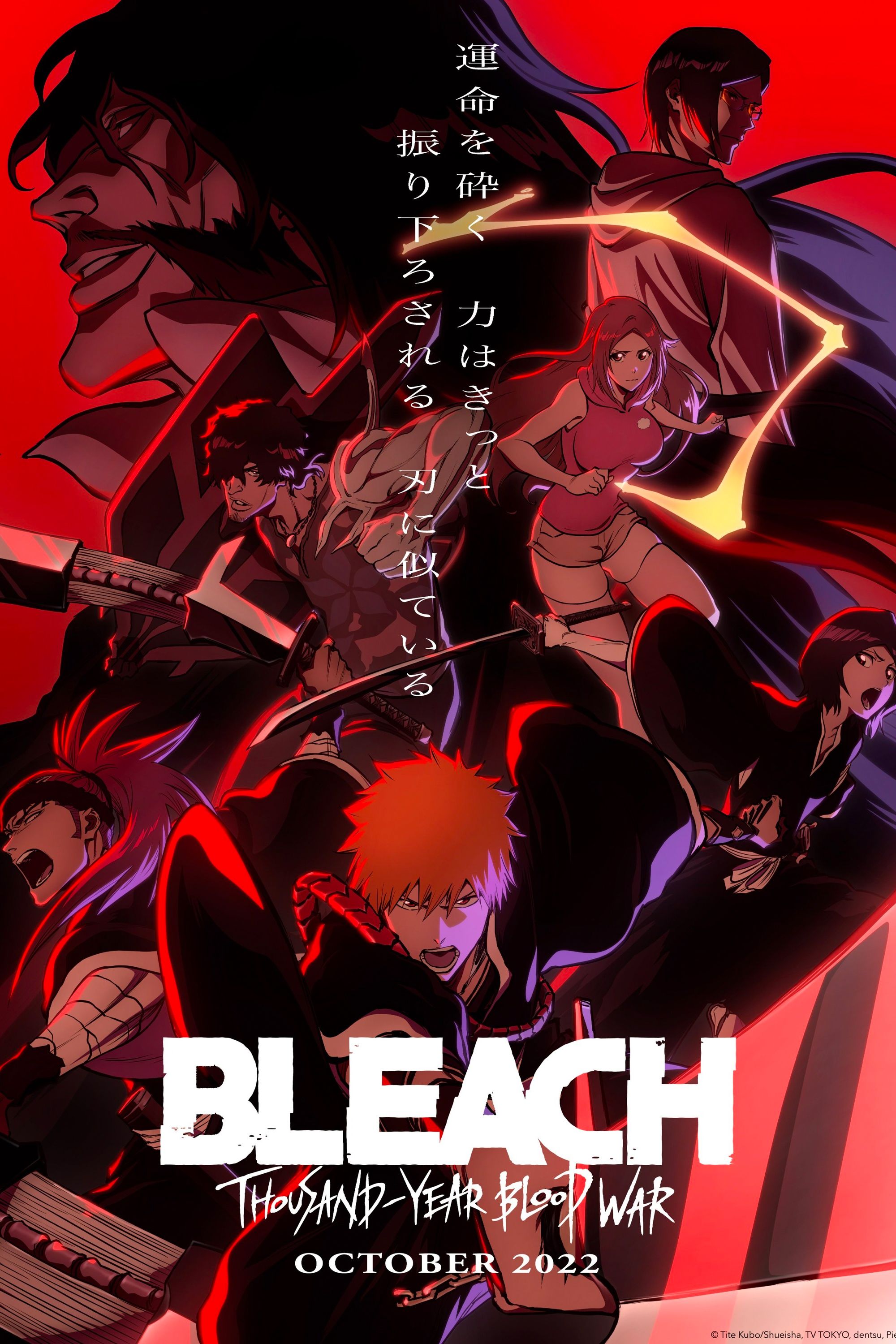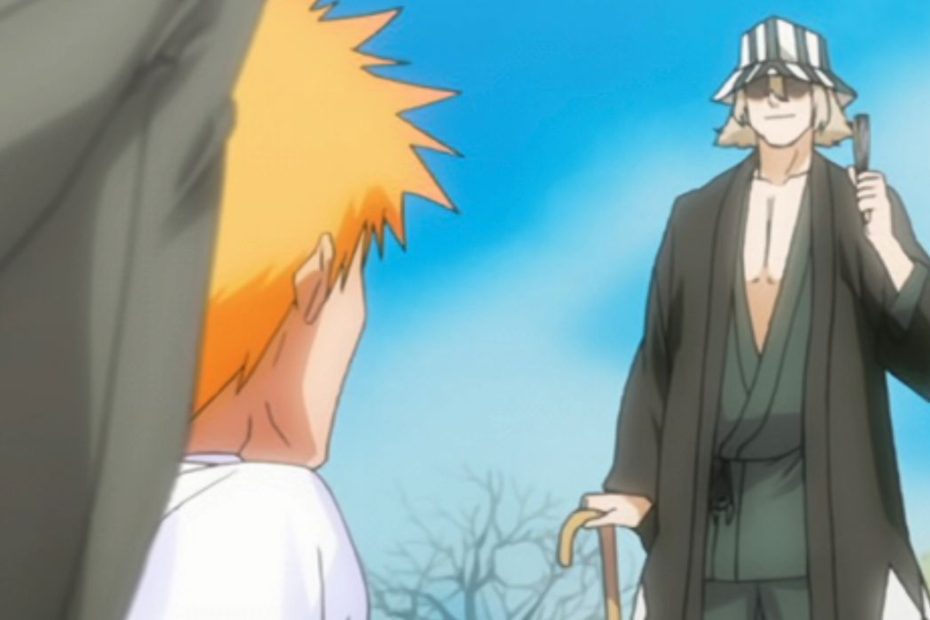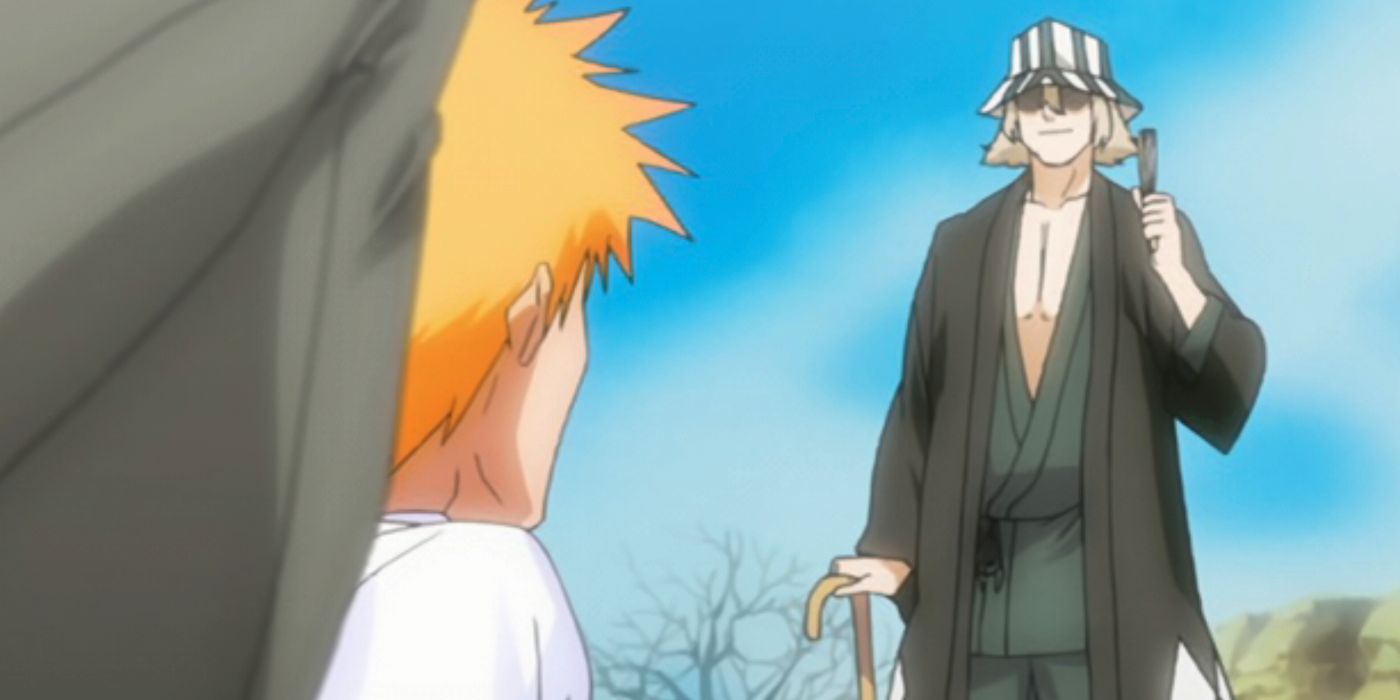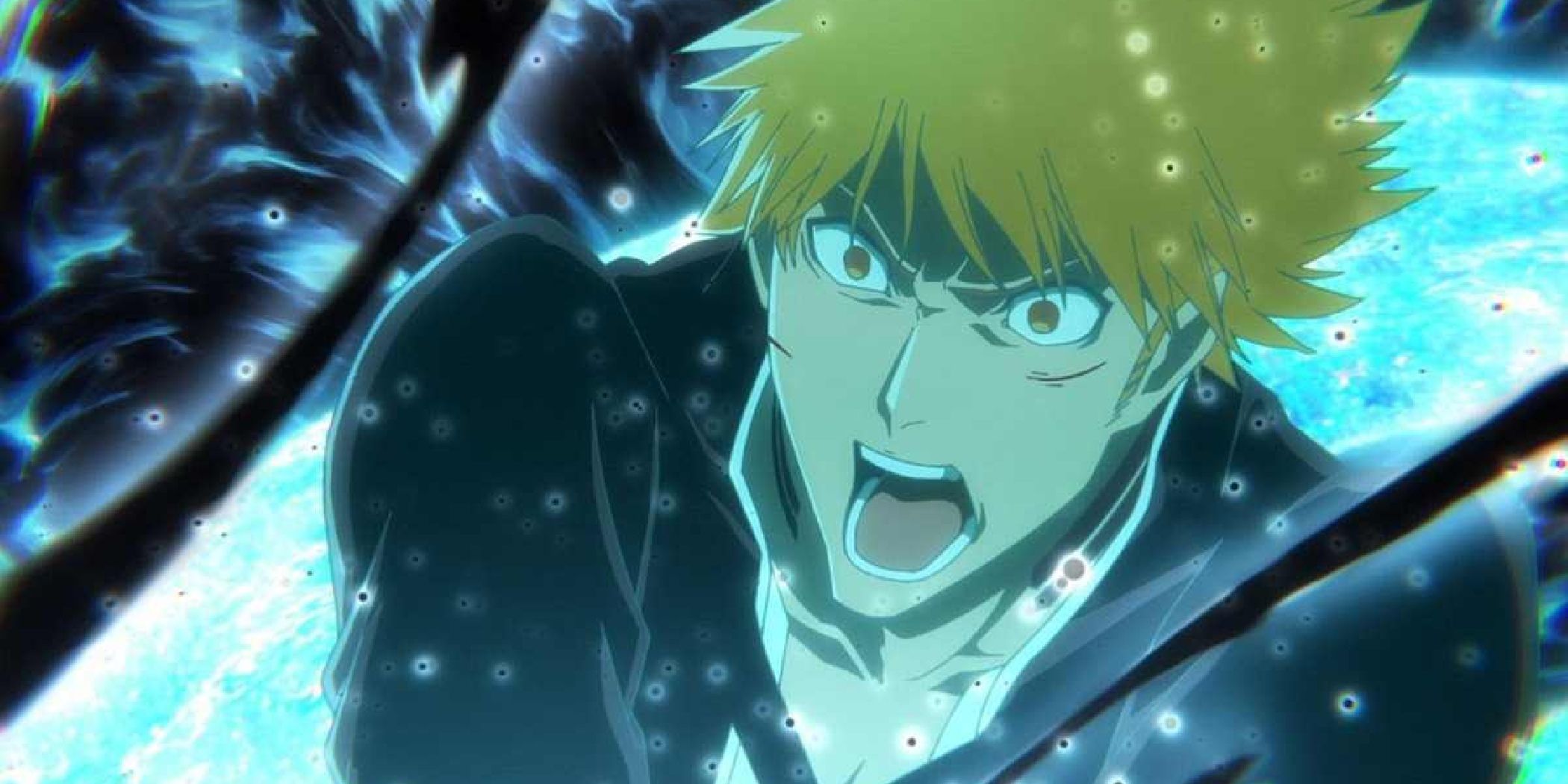Summary
-
Bleach
‘s
Thousand-Year Blood War
succeeds by modernizing anime production, avoiding filler and pacing issues of the original series. - The new series benefits from a split cour release format, adapting more manga content per episode, and incorporating anime-original scenes with mangaka input.
-
Thousand-Year Blood War
caters to Bleach fans’ desires for a faithful adaptation, showcasing the positive changes in anime production over the years.
Bleach‘s revival series, Thousand-Year Blood Warhas been a major success, especially considering the original anime series was canceled before ever even attempting to adapt that arc. How did Bleach‘s anime go from being canceled to once again being a fan favorite? It’s all about how anime has changed over the intervening decades.
The original Bleach series first aired in 2004, a time when anime was very different from how it is now. While anime has always been wildly popular in Japan, it was still very much a niche interest in international areas at the time, making it difficult for fans to watch the latest and greatest series. Bleach itself didn’t reach American shores until 2006, and many places had to wait even longer for a shot at watching the series in an official capacity. This was a time before video streaming was commonplace, and the only option for watching shows for most people was TV.
The original
Bleach
anime aired from October 2004 to March 2012, spanning 8 years and 366 episodes, covering the majority of the manga as well as numerous filler seasons.
Bleach’s Original Anime Showcases The Problem With Weekly Series
Bleach as originally aired was a weekly show–as in, literally almost every week of the year. That meant producing nearly 50 episodes a year, a tough bar for any animation studio to meet. With such a tight turnaround time on episodes, it wasn’t uncommon for the series to wildly fluctuate in quality from episode to episode; those that were deemed less important would often be stuck with subpar animation, merely to hit the deadlines that the series’ weekly airing forced upon Studio Pierrot.
This was also a function of budget, of course, but when the budget for the series has to be divided among so many episodes, that’s going to mean that some are way below others in quality. That’s certainly not to say the original Bleach was poorly animated overall; on the contrary, some of the fight scenes and important plot moments are incredibly beautiful, and hold up even to this day. But if an episode is to get extra attention and budget, that’s going to have to come at the expense of another episode.
Pumping out episodes at such a rate also had another consequence: it meant that the series was adapting the manga at far too fast of a rate, and was at risk of catching up to the new manga releases. The series did what many of its contemporaries did, and opted to create anime-original story arcs to help give Tite Kubo and the manga more time to create. However, fans often hated Bleach‘s “filler” arcs, which were comprised of material that might be at odds with, or even outright contradict, later manga events without realizing it.
Filler arcs also caught a bad rap because they couldn’t have lasting consequences; since they didn’t happen in the manga, the events of a filler arc would rarely be referenced again in the series, unless by another filler arc, which created the impression that these storylines just weren’t important. They couldn’t result in character development, or new powers or abilities being unlocked. Filler arcs served an important purpose in buying time, but that’s about all they could accomplish.
Thousand-Year Blood War is Almost the Original Bleach’s Opposite
Contrast that with Thousand-Year Blood Waras an example of modern anime production. Rather than airing uninterrupted, the Thousand-Year Blood War anime was split into 4 “cours,” or portions of a production season, each separated by several months of real time. While having a break in the action for months can be frustrating, it’s a far better option than simply making up filler content and animating episodes that no one really wants to see.
Aside from filler, the original Bleach could also have a sometimes glacial pace in its adaptation, adapting only one or two chapters at a time so as not to burn through the available manga content too quickly. This was often done by adding “padding,” or unnecessary moments not from the original manga. Padding sometimes takes the form of recap, but can just as easily be comedic moments. Thousand-Year Blood War is at the opposite end of the spectrum in this regard, often adapting five or six chapters in a single episode and moving at a blistering pace.
Thousand-Year Blood War is a much more modern production, using a season-style of release rather than attempting to air uninterrupted all year around. This style was pioneered by other series specifically to avoid the problems of filler and catching up to the source material. My Hero Academiafor example, has only a handful of filler episodes and no filler arcs at all; even the filler episodes are generally an expansion on the content shown in the manga, perhaps tackling events that took place offscreen in the manga.
As Thousand-Year Blood War has progressed, it has begun to do the same sort of thing, adding in new scenes which weren’t in the manga. These new scenes were sometimes omissions forced by tight production schedules for the manga, or were created to address plot holes or other issues that appeared after the arc was written in its entirety. Since Thousand-Year Blood War‘s source material is complete, it makes it much easier to adjust and add to it, as there won’t be any surprises coming which could render anime-original scenes problematic from a canon perspective.
Thousand-Year Blood War is the Bleach Adaptation Fans Deserve
Another advantage that Thousand-Year Blood War has had is that the original mangaka, Tite Kubo, has been involved in the adaptation process, and helped them to create and shape the new anime-original content, ensuring that it fits with the existing canon well. This has allowed the adaptation to introduce new Bankai and add character scenes which originally had to be cut for time. It also gives Kubo a chance to address parts of the story he (and many fans) wasn’t happy with, giving him a second shot at producing Bleach‘s final.
Thousand-Year Blood War is absolutely being made with the concerns of Bleach‘s biggest fans in mind, and that’s a major change from the days of the original series, where fans would cry out in frustration at the thought of a 20-30 episode filler arc. Due to the length of time between its original adaptation and Thousand-Year Blood War, Bleach makes for the perfect case study to show how much anime production has changed, and how much better these changes have been for fans of anime.

Bleach: Thousand Year Blood War
Bleach: Thousand-Year Blood War is a sequel series to the popular anime from creator Tite Kubo. This anime follows Ichigo and his friends as they investigate why people are disappearing while trouble arises in the Soul Society. The first season was released in 2022 and has been critically acclaimed since its beginning.
- Cast
- Masakazu Morita, Johnny Yong Bosch, Takayuki Sugô, Richard Epcar, Ryûsei Nakao, Aleks Le, Karen Strassman, Neil Kaplan
- Release Date
- October 10, 2022
- Seasons
- 2
- Network
- TV Tokyo
- Writers
- Tite Kubo
- Directors
- Tomohisa Taguchi, Mitsutoshi Satô, Hikaru Murata, Hodaka Kuramoto
- Showrunner
- Tite Kubo


